Research
My research combines a variety of techniques, from laboratory and field experiments, to bioinformatics and mathematical modelling, in order to understand how microbial populations and communities respond and adapt to changing environments. Much of my work has also used these data as a basis for predictions of how ecosystem functioning and carbon storage may vary due to global climate change. I am also interested in exploring ways to harness microbes to develop sustainable solutions to anthropogenic change. Some highlights from past and ongoing projects are shown below.
Research Projects
Microbial ecological and evolutionary dynamics
Soil holobiont microbiome assembly
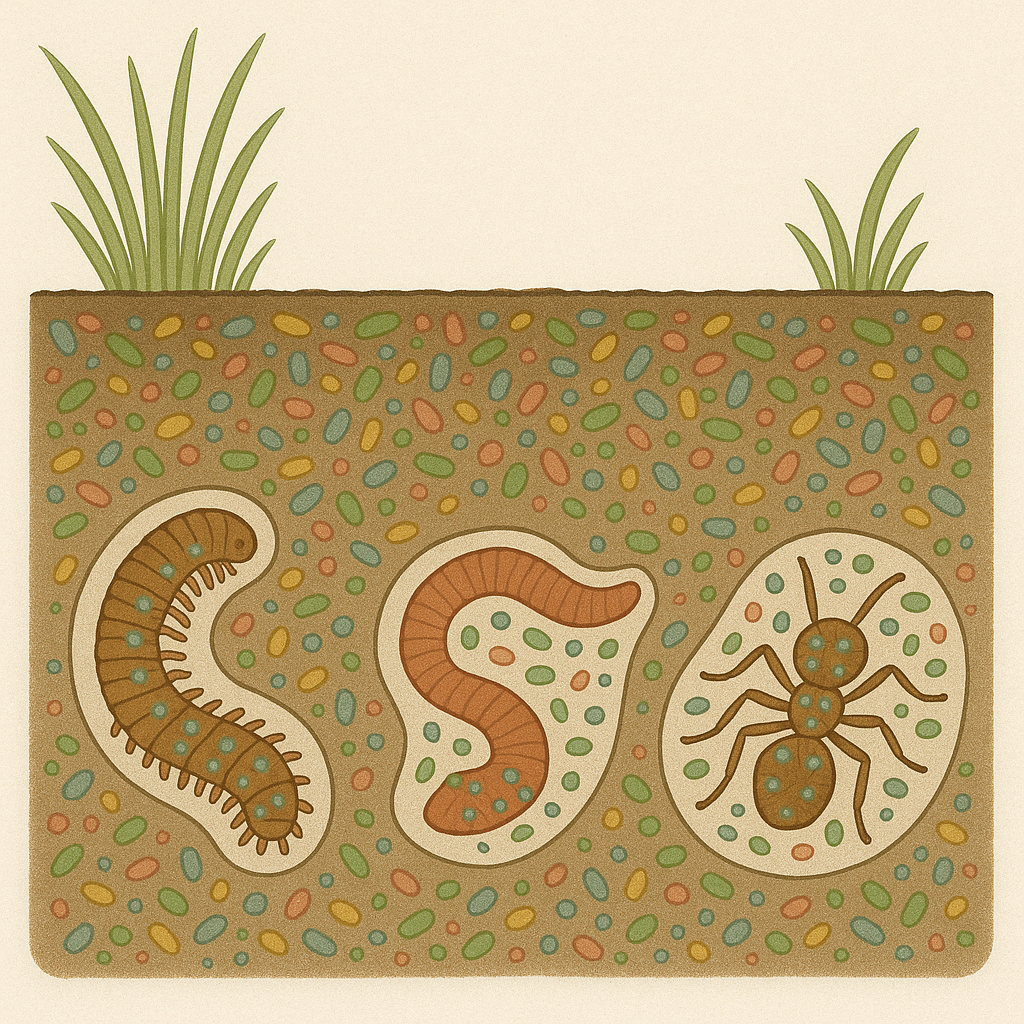
Holobionts are assemblages of host organisms and the multitude of other species associated with them, which together form a discrete ecological unit. But how conserved are core microbiomes within and between host species? How do hosts acquire and select for new microbes from the environment? Do hosts act as vectors of dispersal for microbes as they traverse their environment?
We are investigating these questions by capturing holobionts from the soil and using high-throughput metagenomic sequencing approaches to profile both their associated microbiomes and the surrounding soil microbiota. This work is with Prof. Tom Bell .
Eco-Evolutionary dynamics of treehole bacterial communities
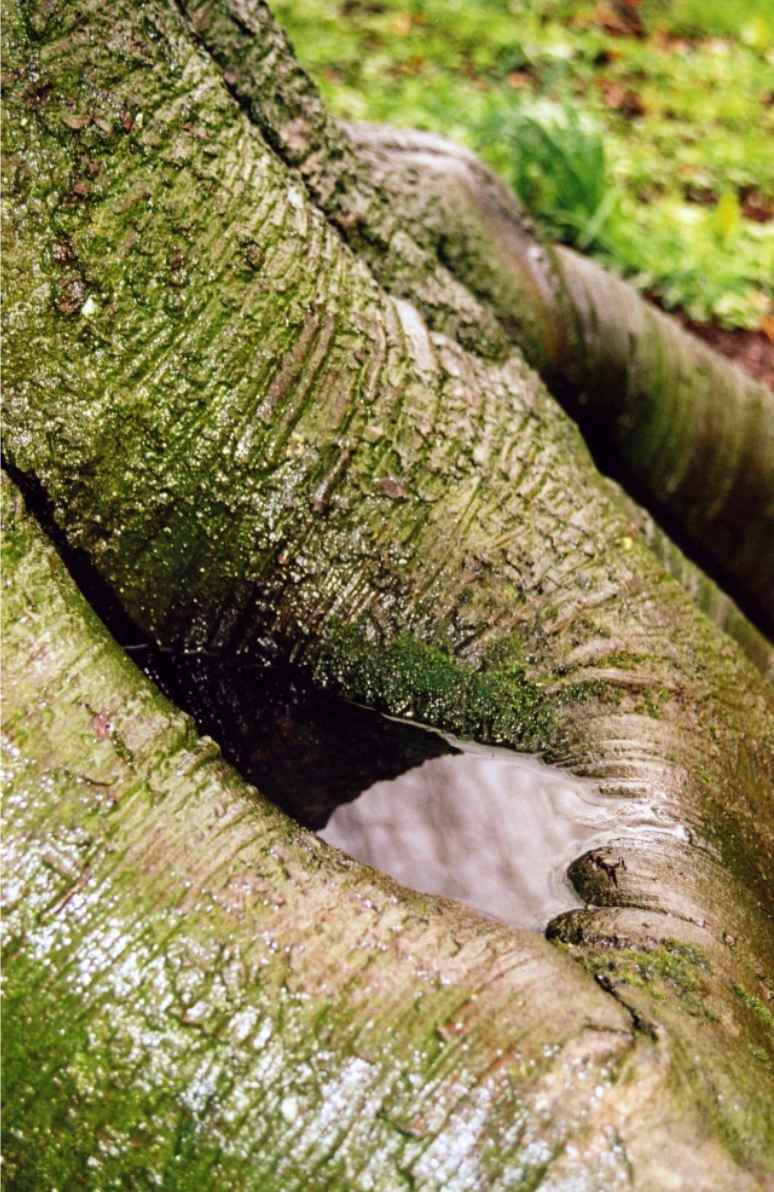
Most studies of bacterial evolutionary dynamics are constrained to monoculture lab experiments. However, in the wild these organisms live in complex assemblages of interacting species. Therefore when investigating evolutionary responses of bacteria to abiotic changes, we must also consider the biotic context of the communities within which they are embedded.
Here, we are perturbing the environment of tree-holes (natural pools of rainwater that form in Beech trees) in Wytham Woods and at Silwood Park. We are using metagenomic approaches to investigate the relative importance of genetic adaptation, dispersal, and sorting of latent diversity in the responses of tree-hole bacterial communities to environmental change.
This work is with Prof. Tom Bell (Imperial), in collaboration with Prof. Tim Barraclough (Oxford).
Microbial responses to environmental change
Effects of Multiple Chemical Stressors on Microbial Populations
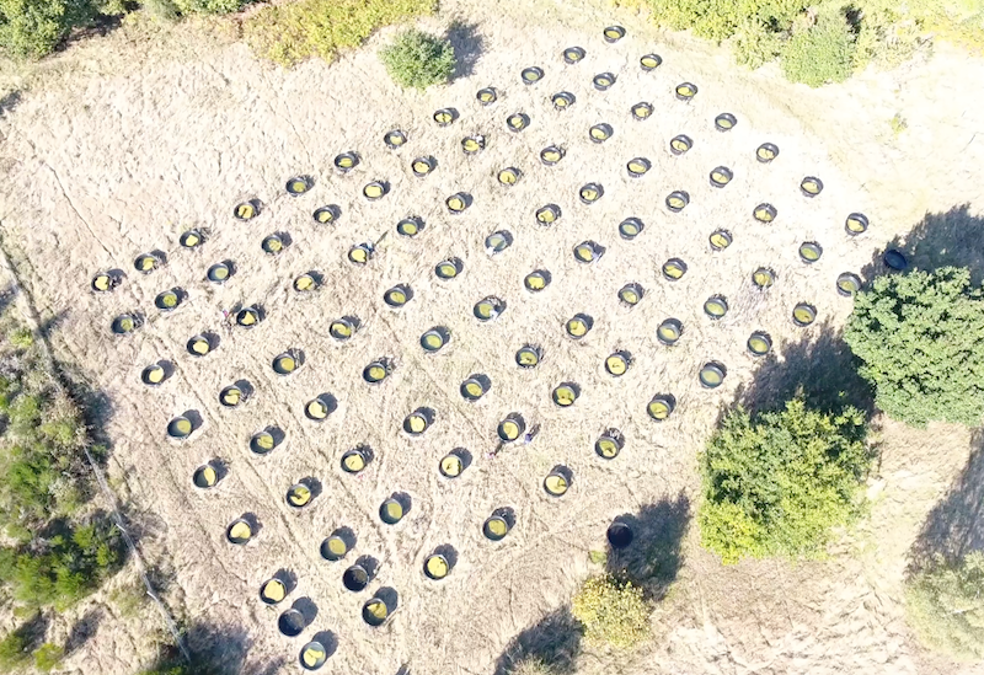
Freshwater ecosystems are under an increasing array of threats, especially from a wide range of new and emerging chemical stressors. These ecosystems are underpinned by microbes, which perform key ecosystem functions and services. Therefore, understanding the impacts of chemical stressors on freshwater microbes is key to understanding their impacts at the ecosystem level. We are testing the impacts of chemical stressors in freshwater mesocosms, however this is labour intensive and limited in the number of chemical combinations that can be tested.
By contrast, the limits of chemical testing in the lab can be orders of magnitude higher than in the field. Here in the lab, we are testing the effects of a large array of replicated mixtures of chemicals on microbes and microbial communities, to provide a vast database of first responses to chemicals and to answer fundamental questions about interactions among chemical stressors. We are also interested in the concept of using microbes as high sensitivity biomarkers or biosensors for pollutants.
This work is with Prof. Tom Bell and part of the NERC funded Emerging Risks of Chemicals in the Environment (ERCITE) project.
Relevant papers:
- "High-throughput chatacterization of bacterial responses to complex mixtures of chemical pollutants" (2024), Smith et. al. | link | research briefing
- "Phylogenetic clustering of microbial communities as a biomarker for chemical pollution" (2025), Smith et. al. | link
Microbial Thermal Ecology and Evolution
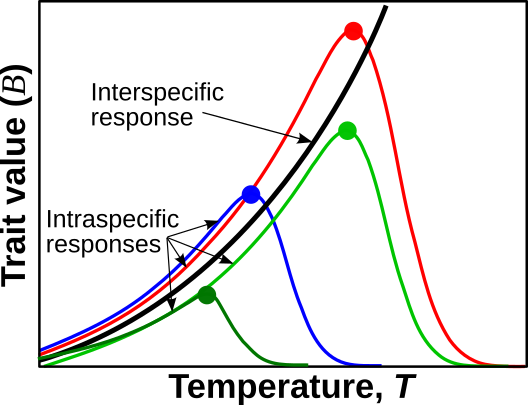
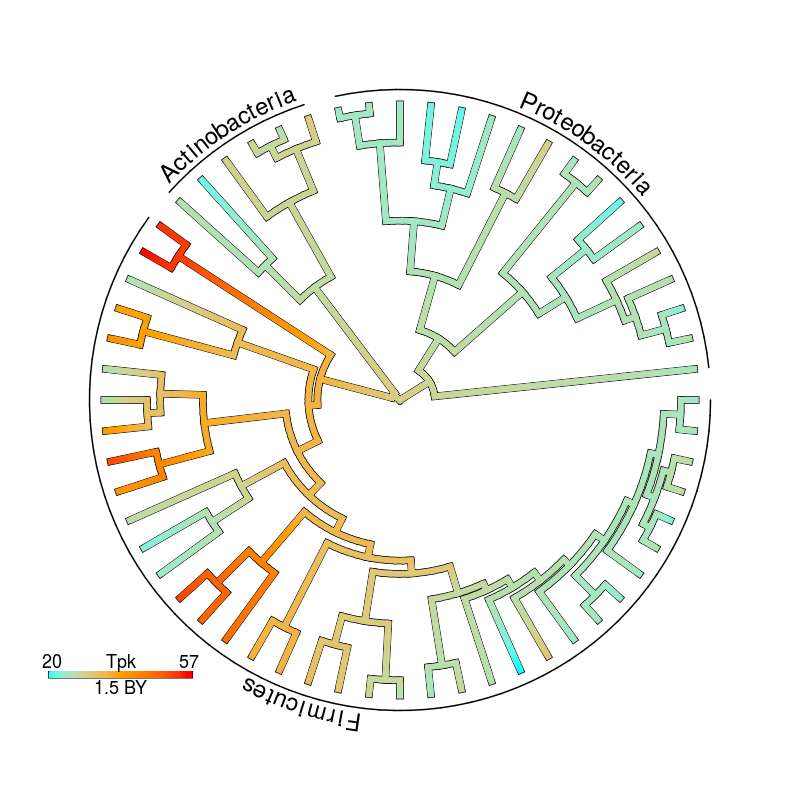
Bacteria and archaea (collectively "prokaryotes") are globally ubiquitous and may comprise in the region of half of the Earth's total biomass. Understanding how these diverse micro-organisms are affected by temperature is therefore key to our understanding of the impacts of climate change on ecosystem functioning.
My work on this broad topic can be roughly divided into two main aspects. Firstly, investigating how the evolution and adaptation of microbial metabolic rates is constrained by temperature, within the framework of Ecological Metabolic Theory. Secondly, understanding how changes in temperature may affect the composition of microbial communities and the impacts that these changes may have on ecosystem functioning.
This work is with Dr. Samraat Pawar and Prof. Tom Bell.
Relevant papers:
- "Community-level respiration of prokaryotic microbes may rise with global warming" (2019), Smith et. al. | link | press release
- "Adaptive evolution explains the present-day distribution of the thermal sensitivity of population growth rate" (2020), Kontopoulos et. al. | link
- "Systematic variation in the temperature dependence of bacterial carbon use efficiency" (2021), Smith et. al. | link
- "Latent functional diversity may accelerate microbial community responses to temperature fluctuations" (2022), Smith et. al. | link | press release 1 | press release 2
Other Projects (click for details)
Climate as a driver of SARS-CoV-2 transmission rates
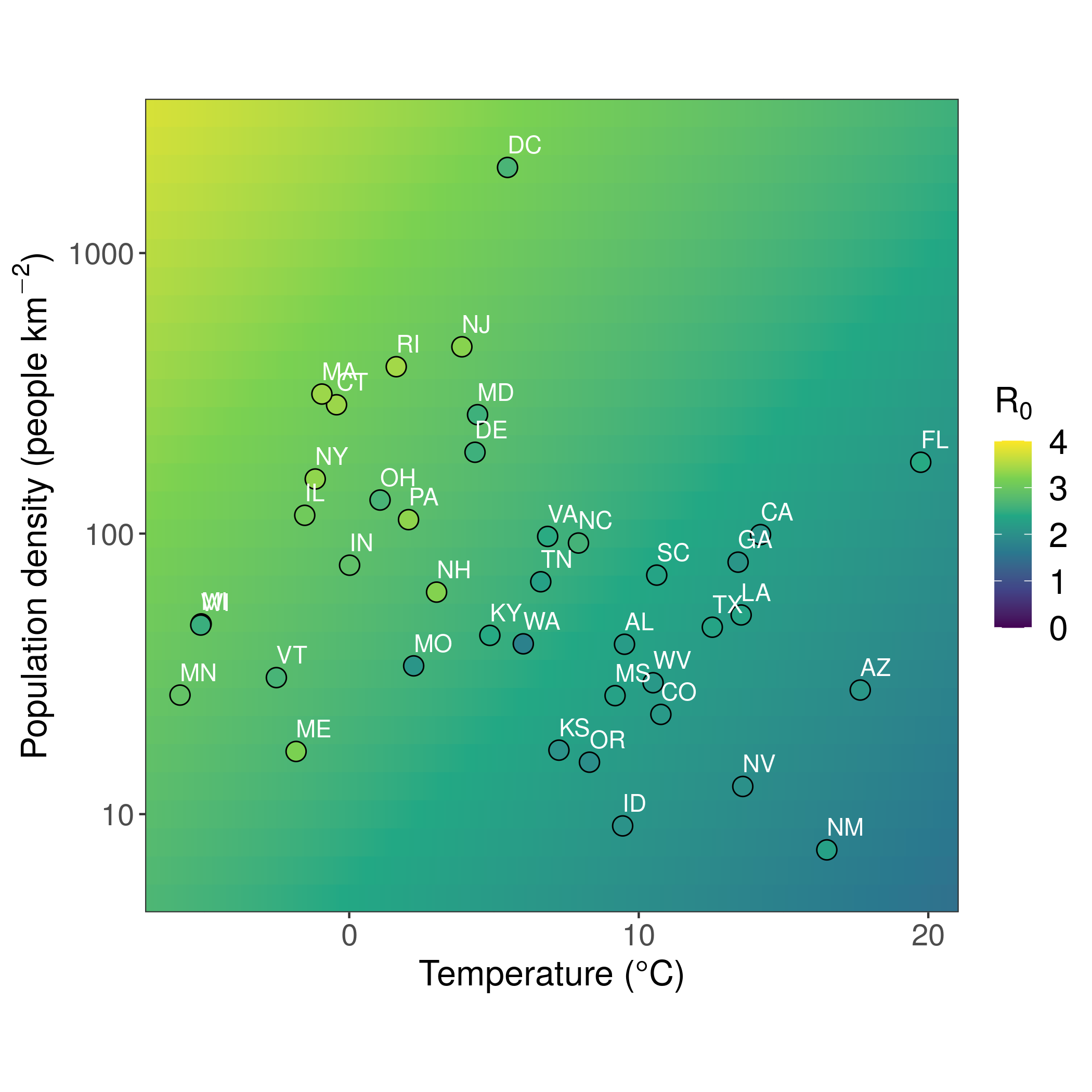
Given its similar structure to other viruses that display seasonal dynamics, it has been suggested that SARS-CoV-2 (the causative agent of COVID-19) should display similar responses to environmental factors, with transmission rates peaking in winter. We investigated this potential seasonality, by incorporating environmental parameters into epidemiological models of viral transmission. Our findings suggest a role for the environment, but only when human mobility is not restricted through policy or behaviour.
This work was with Dr. Will Pearse and funded by a NERC grant.
Papers:
- "Temperature and population density influence SARS-CoV-2 transmission in the absence of non-pharmaceutical interventions" (2021) Smith et. al. | link | press release" | Guardian article
- "Differential responses of SARS-CoV-2 variants to environmental drivers during their selective sweeps" (2024) Smith et. al. | link
Evolution in the Absence of Sex
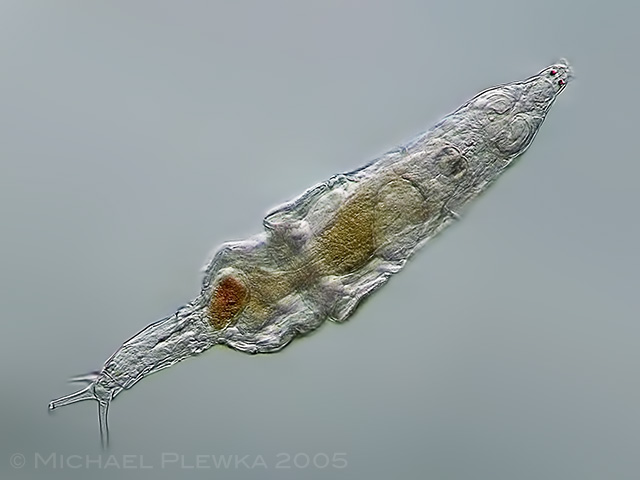
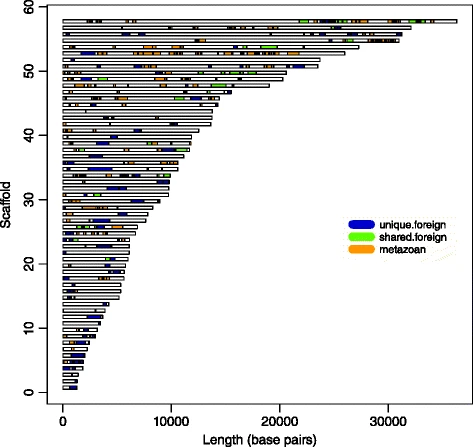
Bdelloid rotifers are a bizarre group of anciently asexual microscopic animals, dubbed an evolutionary "scandal". In order to be successful over an evolutionary time-scale in the absence of sexual recombination, bdelloid rotifers appear to have incorporated an unusually high number of foreign genes into their genomes, via horizontal gene transfer (HGT). My involvement in understanding this process began with working to produce a genome for one rotifer species, *Rotaria magnacalcarata*, and then mapping putative HGT genes (previously identified via transcriptomics) to the genome assembly in order to confirm their presence.
This was with Prof. Tim Barraclough's" group.
Relevant papers:
- "Comparative genomics of bdelloid rotifers: Insights from desiccating and nondesiccating species" (2018), Nowell et. al. | link | press release
- "Horizontal gene transfer in bdelloid rotifers is ancient, ongoing and more frequent in species from desiccating habitats" (2015), Eyres et. al. | link
